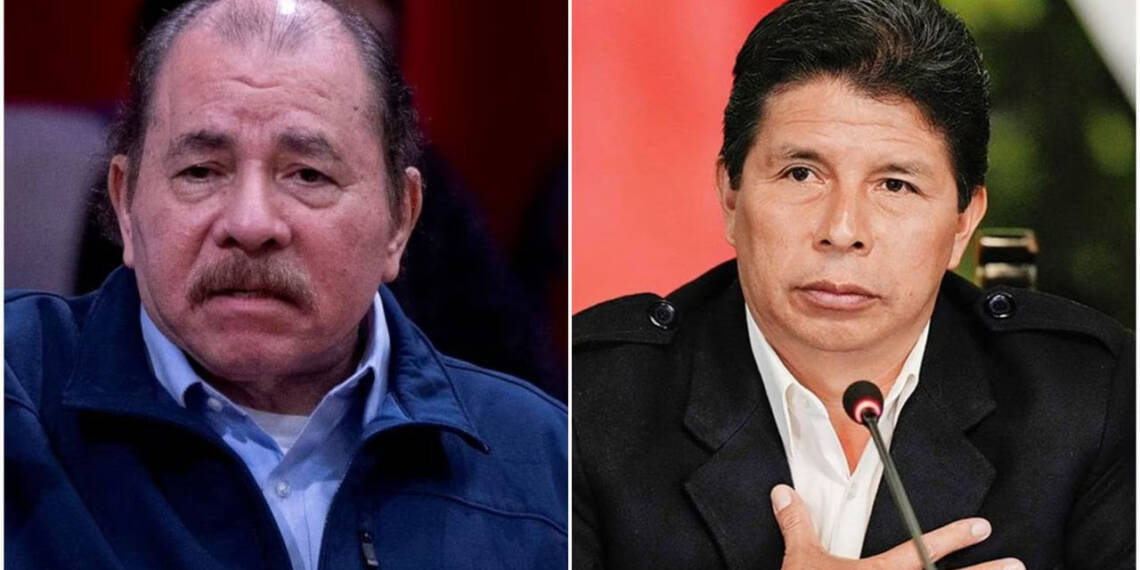The United States has invaded more countries, launched more coups, armed more dictators and trained more terrorists than any empire in history.
In the same manner, the number of people dead at the hands of US militarism—from warfare, injuries, disease or poverty—is perhaps incalculable, but stands certainly in the tens of millions. Moreover, the United States, capitalism’s “greatest democracy”, is the most terrible purveyor of violence the world has known.
If we talk about Nicaragua, the National Endowment for Democracy and the United States Agency for International Development are funding opposition-aligned non-governmental groups, media outlets, and business associations in an effort to bring about a change in Nicaragua’s leadership.
US-backed demonstrations against Daniel Ortega, the president of Nicaragua, have been taking place since 2018. Officials from Nicaragua’s government have suggested that the US-supported criminals were a component of a bigger US campaign to destabilise the nation and appoint a pro-US government.
Further repercussions came from US intimidation. Anticipating American sanctions, countries like Colombia severed diplomatic connections with Nicaragua. Up until this point, the arrangement had been working in Washington’s favour. But, America’s most desperate attempts to use Peru as a weapon in its campaign to further stoke tensions between Latin American countries have dramatically shifted the course of events.
The curious case of Peru:
Recent efforts to strengthen Latin American unification have been made by countries like Venezuela and Colombia. This self-determinism has greatly irritated the United States. Washington then began taking use of Peru to stifle the expansion of convergence among Latin American nations.
As we have previously explained, US- the controlled Peru administration recently moved to declare Colombia’s President as persona non grata. This could indeed have major repercussions on the bilateral ties between Peru and Colombia and thereby in extension to the ideal plan of integration between Latin American nations.
Although American authorities believed their “divide and rule” strategy was edging closer to fruition, they suffered their greatest setback.
According to recent reports, bilateral relations between the governments of Nicaragua and Colombia are advancing at a good pace and the authorities are committed today to strengthen ties in various areas, reported a diplomatic source.
According to the ambassador of the South American nation here, León Freddy Muñoz, after the reestablishment of relations, the ties between Bogotá and Managua are progressing based on fundamental actions for the good of both countries.
In statements to Radio 580, the Colombian diplomat confirmed that both governments agreed to resume a trade agreement that was suspended in 2006 under the mandate of Enrique Bolaños.
What, then, caused Colombia to change its mind? Yeah, the same thuggery by the United States that led Colombia to cut off relations with Nicaragua in the first place.
You see, America went too far when it overthrew the Peruvian government and installed a puppet government, Since then, it has made use of Peru to foment divisions among the countries of Latin America.
Fortunately, the countries of South America have seen the dire implications of this American policy of “divide and rule” and have proceeded to integrate their economies in order to challenge the American might.
In other words, what America believed to be its most effective tool for keeping Latin America poor and divided turned out to be the catalyst for an unparalleled cycle of integration in the area.








